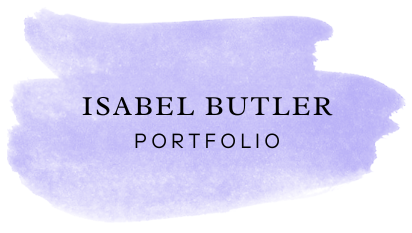Choose an infographic you find attractive or well-executed, and analyze it according to our readings on typography: How does the typeface chosen for the image work to communicate the message of the image? Additionally, note what typeface family it might fall into: old style, modern, slab serif, sans serif, script, or decorative.
This infographic takes a creative take on how it presents its information. I appreciate the way it visually displays each element as an offshooting narration from the center figure. It is a strong visual display of the information it is trying to present: verbal communication. Also, because the information is organized radially around the central figure, the information can still be skimmed and found quite easily. The coordinating images inside each “talking” point help to illustrate what the information is trying to persuade the reader to do or what the effect of performing that persuasive suggestion will be.
Sans Serif/Modern
There are numerous types of fonts used in this infographic, but the most common font styles used seem to be sans serif/modern fonts that mimick different types of clean, simple handwriting. I’m fairly certain that this infographic was hand-drawn/hand-written so it makes sense why the type would resemble handwriting. These fonts are easy to read and are highly skimmable; therefore, I think the designer used these fonts to signal to the reader that information under these fonts are the main “body” of the text.
Decorative/Script
The infographic also makes use of decorative fonts like block lettering and script fonts like cursive. These add greater emphasis to certain phrases and words. For example, “VERBAL” is in large, block lettering, and this emphasis would very quickly signal to readers that the information in this infographic is solely about verbal communication and that they should look elsewhere if they want to know more about other communication types.
The cursive script used on the words “howdy?”, “hello?”, and “hi?” could just be a fun creative choice, but the flourishes on the font create a “voice” around those words. You wouldn’t read them the same way as the sans serif fonts or the decorative font. The cursive adds personality to the words which visually works very well with its coordinating image. Each human’s voice has a “personality,” so by offsetting those “spoken” words from the rest of the infographic fonts makes it seem as if the image may actually be speaking authentically.
Serif
The word “LISTEN” is the only instance a serif font appears in the infographic. This element does stump me a bit, but my best guess is that the designer wants to associate the acting of listening with more formal situations. After all, settings in which we’re most likely to be listening intently would be in educational, professional, and serious situations. As well, serif fonts are usually associated with and expected in formal spaces, so it would make sense that the designer would make this choice if that was their intended visual connection.

